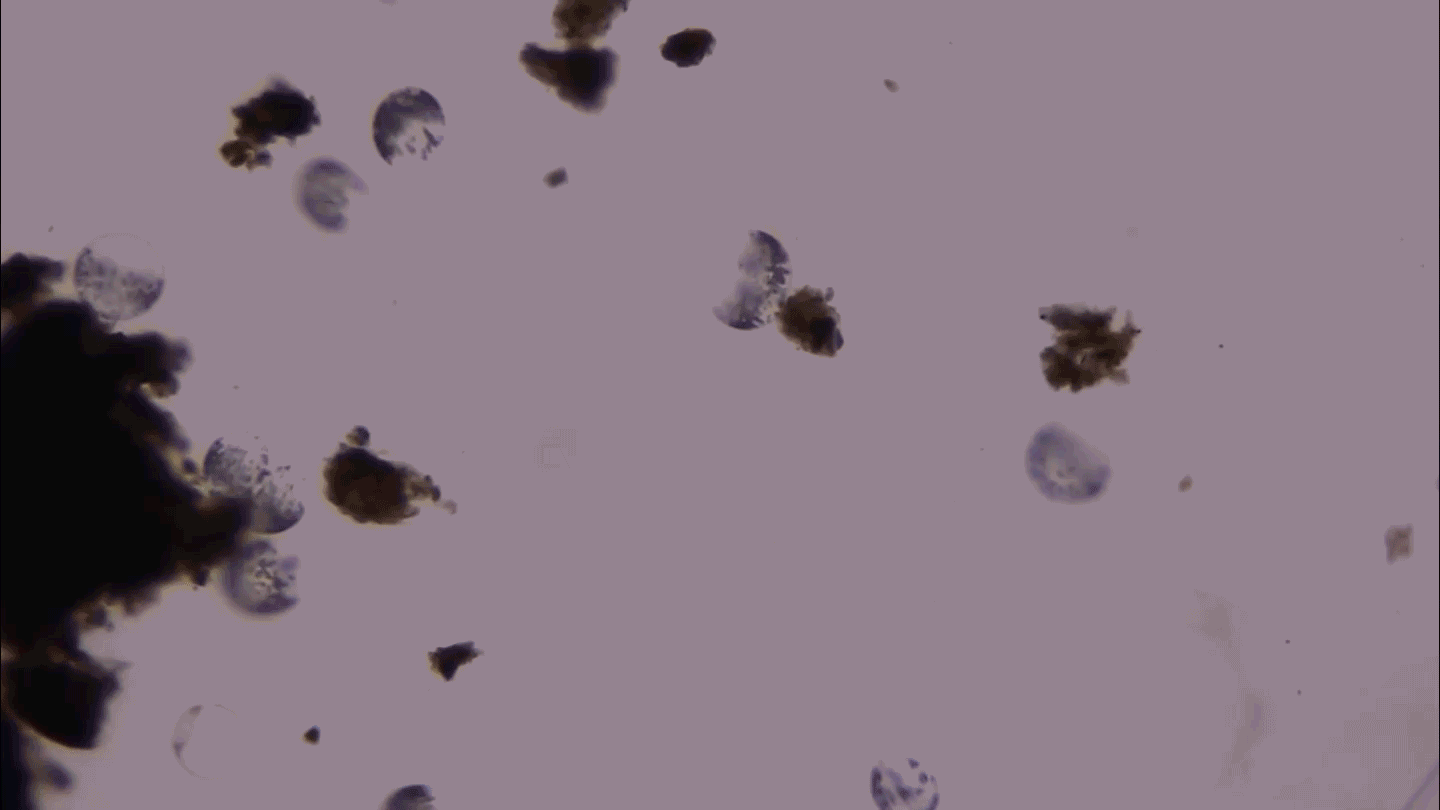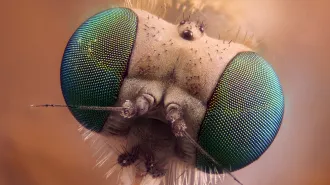Exposure to certain pollutants early in a rat’s pregnancy can foster disease in her offspring during their adulthood as well as in subsequent generations, a new study shows. A wide range of pollutants elicited such lasting effects, despite future generations never encountering the triggering pollutant.
Some chemicals tested led to premature puberty among great-granddaughters, with an increased risk of disease in reproductive tissues. In some tests, the chemicals disrupted ovarian function, something that in humans could lead to infertility or premature menopause. And another chemical exposure caused premature death of sperm-forming cells in the great-grandsons, researchers report online February 28 in PLoS ONE.
Rather than altering genes, the tested pollutants stripped or added chemical tags to DNA, altering the way genes are regulated, reports Michael Skinner and his colleagues at Washington State University in Pullman. Stripping off or piling on these epigenetic tags can help lock a gene on or off.
These chemical regulators of gene activity are fairly easy to modify throughout life. Early in development, a fetus erases any epigenetic changes acquired during its parents’ lifetimes, resetting those genes back to healthy, default programming.
Because the fetus has a mechanism to erase such changes, a pollutant’s epigenetic effects shouldn’t occur in subsequent generations, says epigeneticist John McCarrey of the University of Texas at San Antonio, who was not involved in the study. That they did emerge in the new study “is pretty heavy in terms of their potential significance,” he says.
In the new work, Skinner worked with the Army, which funded the study, to identify pollutants to which troops would probably be exposed. They settled on dioxins (spewed by burning materials or the defoliant Agent Orange); the insect deterrents DEET and permethrin; the plastic ingredients bisphenol A and phthalates; and jet fuel (often sprayed onto dirt for dust control). “I tried to pick classes of compounds that were across the whole [pollutant] spectrum — everything from hydrocarbons down to an endocrine disruptor like bisphenol A,” Skinner says.
The exposures used were relatively high, but not high enough to cause fetal deaths or signs of toxicity in either exposed rat moms or their pups. Yet “all promoted epigenetic transgenerational changes,” Skinner says. This suggests that epigenetic changes that get passed down through the generations are not some unique quirk of any one chemical, he says; he now suspects most pollutants have the potential to do this.
Each group of pollutants caused a different constellation of epigenetic changes that were linked with various reproductive problems in subsequent generations, although there was some overlap. “This means we might actually have a means in the future to use epigenetic biomarkers to assess what you — or your ancestors — were exposed to earlier in life,” Skinner says, and perhaps apply that knowledge to predict disease and limit risk.







